 In the core zone of Phong Nha - Ke Bang National Park, there are 7 new caves with a total length of 1,415 m, and in the buffer zone, there are 7 new caves with a length of 1,027 m. The surrounding area of Lam Hoa commune, Tuyen Hoa district has 11 caves with a total length of 1,108 m.
In the core zone of Phong Nha - Ke Bang National Park, there are 7 new caves with a total length of 1,415 m, and in the buffer zone, there are 7 new caves with a length of 1,027 m. The surrounding area of Lam Hoa commune, Tuyen Hoa district has 11 caves with a total length of 1,108 m.  Phong Nha Cave is one of the most visited destinations for tourists in Quang Binh. Phong Nha Cave is located in Phong Nha - Ke Bang National Park, a UNESCO World Natural Heritage Site, in Son Trach Commune, Bo Trach District, about 45 km from Dong Hoi City.
Phong Nha Cave is one of the most visited destinations for tourists in Quang Binh. Phong Nha Cave is located in Phong Nha - Ke Bang National Park, a UNESCO World Natural Heritage Site, in Son Trach Commune, Bo Trach District, about 45 km from Dong Hoi City.  Phong Nha Cave has been explored many times since the early 20th century. In 1994, the Vietnam Geomorphology Exploration Report by a British expedition team called it "one of the two most beautiful water caves in the world". The cave is the first place to be put into tourism exploitation in the Phong Nha - Ke Bang National Park area.
Phong Nha Cave has been explored many times since the early 20th century. In 1994, the Vietnam Geomorphology Exploration Report by a British expedition team called it "one of the two most beautiful water caves in the world". The cave is the first place to be put into tourism exploitation in the Phong Nha - Ke Bang National Park area.  Compared to other provinces and cities in Vietnam, Quang Binh has the narrowest area because it is located at the "knot" part of the S-shaped country's map, in some places the width from the sea to the Vietnam - Laos border is only 50km.
Compared to other provinces and cities in Vietnam, Quang Binh has the narrowest area because it is located at the "knot" part of the S-shaped country's map, in some places the width from the sea to the Vietnam - Laos border is only 50km.  Diversifying tourism products combined with protecting the natural environment and tourism environment will bring a "new breeze", helping Quang Binh's "smokeless industry" position its brand and develop in a "green" and sustainable direction.
Diversifying tourism products combined with protecting the natural environment and tourism environment will bring a "new breeze", helping Quang Binh's "smokeless industry" position its brand and develop in a "green" and sustainable direction.  Quang Binh is also a place where all terrain conditions of plains, mountains, rivers, seas, and islands converge. Not only that, Quang Binh also owns primeval forests or famous nature reserves such as Khe Net, Khe Ve, Giang Man...
Quang Binh is also a place where all terrain conditions of plains, mountains, rivers, seas, and islands converge. Not only that, Quang Binh also owns primeval forests or famous nature reserves such as Khe Net, Khe Ve, Giang Man... 
Thanks to its rich natural resources, biodiversity and a majestic cave system that few places can match, Quang Binh is known as the “kingdom of caves”. Based on this unique and attractive tourism resource, the province is striving to create strong tourism products, thereby positioning the Quang Binh tourism brand and developing in a “green” and sustainable direction.
Heritage Magazine


![[Photo] Air Force actively practices for the April 30th celebration](https://vstatic.vietnam.vn/vietnam/resource/IMAGE/2025/4/15/16fdec3e42734691954b853c00a7ce01)

![[Photo] Ho Chi Minh City after 50 years of national reunification through buildings and symbols](https://vstatic.vietnam.vn/vietnam/resource/IMAGE/2025/4/15/a224d0b8e489457f889bdb1eee7fa7b4)
![[Photo] General Secretary To Lam meets with veteran revolutionary cadres, meritorious people, and exemplary policy families](https://vstatic.vietnam.vn/vietnam/resource/IMAGE/2025/4/15/7363ba75eb3c4a9e8241b65163176f63)
![[Photo] National Assembly Chairman Tran Thanh Man attends the summary of the organization of the Conference of the Executive Committee of the Francophone Parliamentary Union](https://vstatic.vietnam.vn/vietnam/resource/IMAGE/2025/4/15/fe022fef73d0431ab6cfc1570af598ac)
![[Photo] Welcoming ceremony for Prime Minister of the Federal Democratic Republic of Ethiopia Abiy Ahmed Ali and his wife](https://vstatic.vietnam.vn/vietnam/resource/IMAGE/2025/4/15/77c08dcbe52c42e2ac01c322fe86e78b)
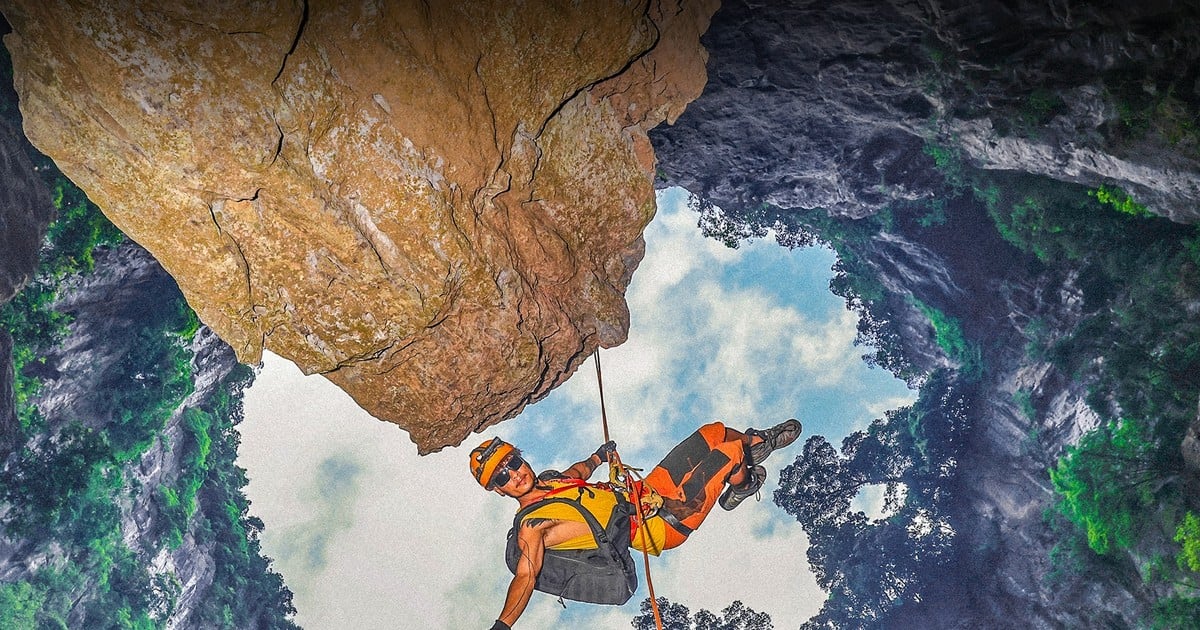

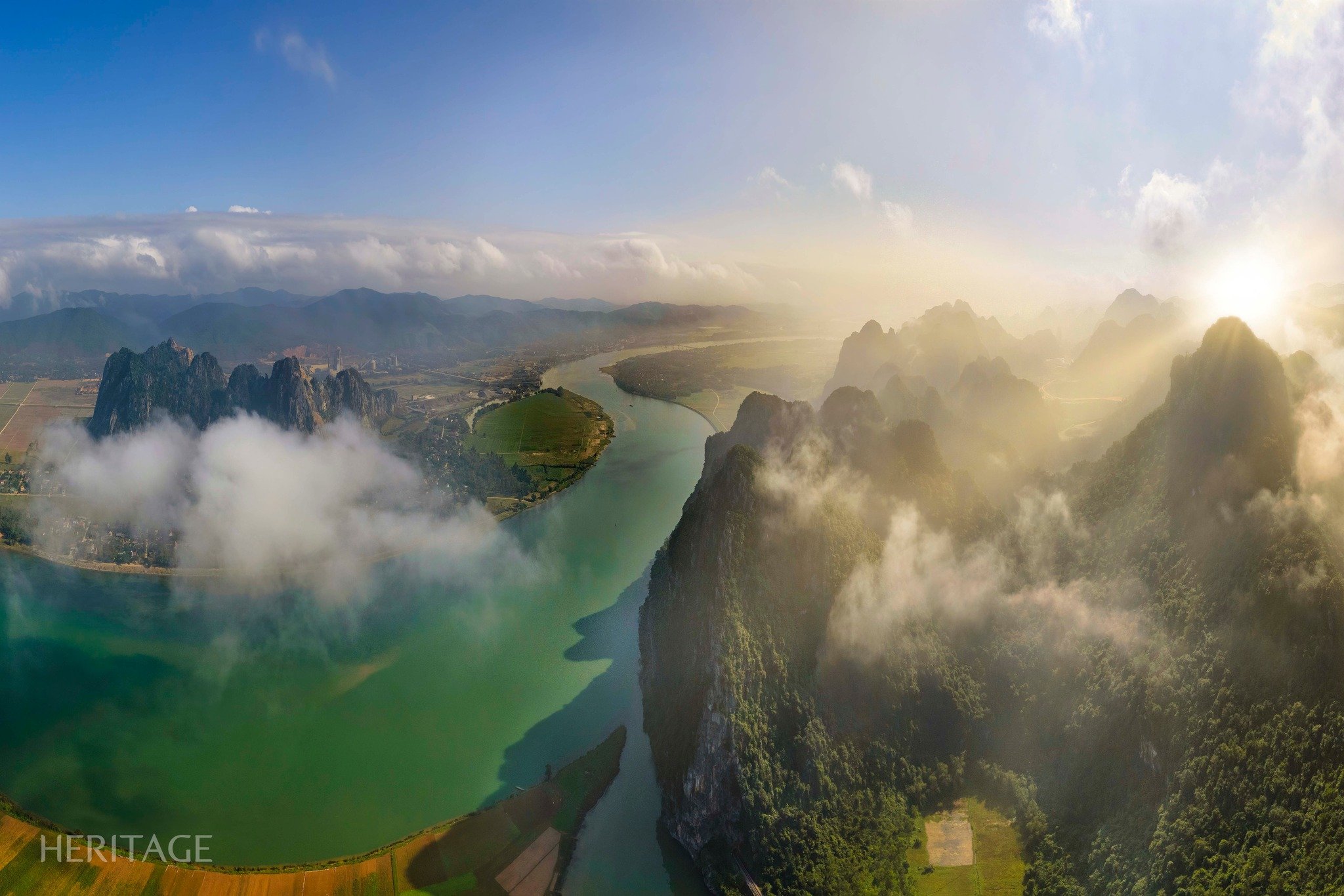
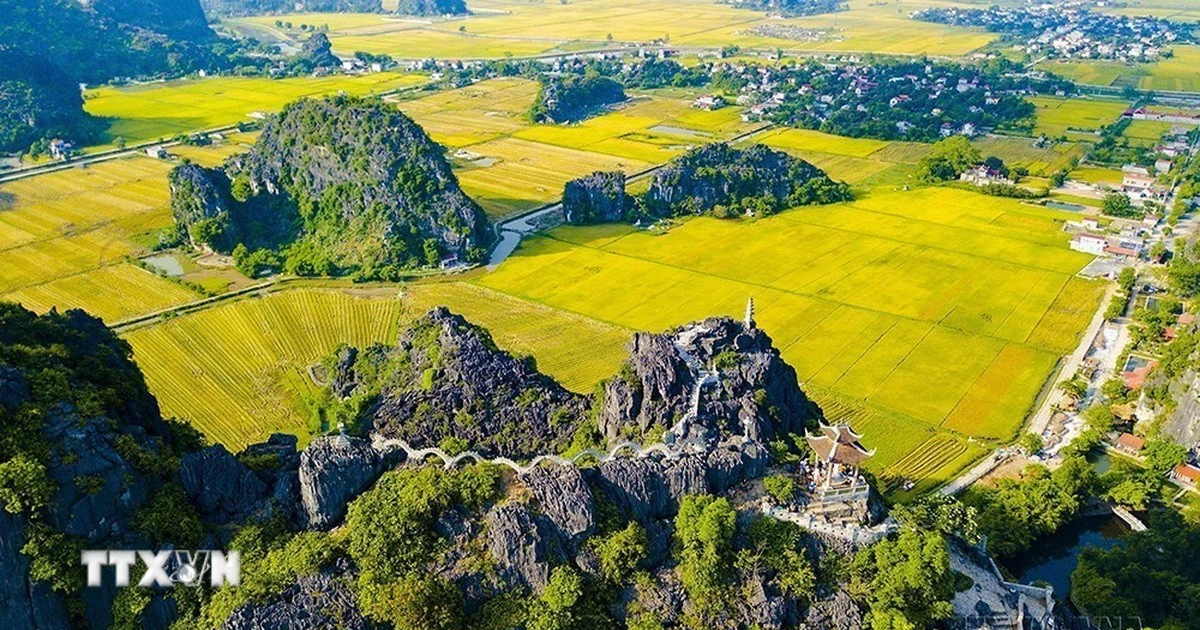



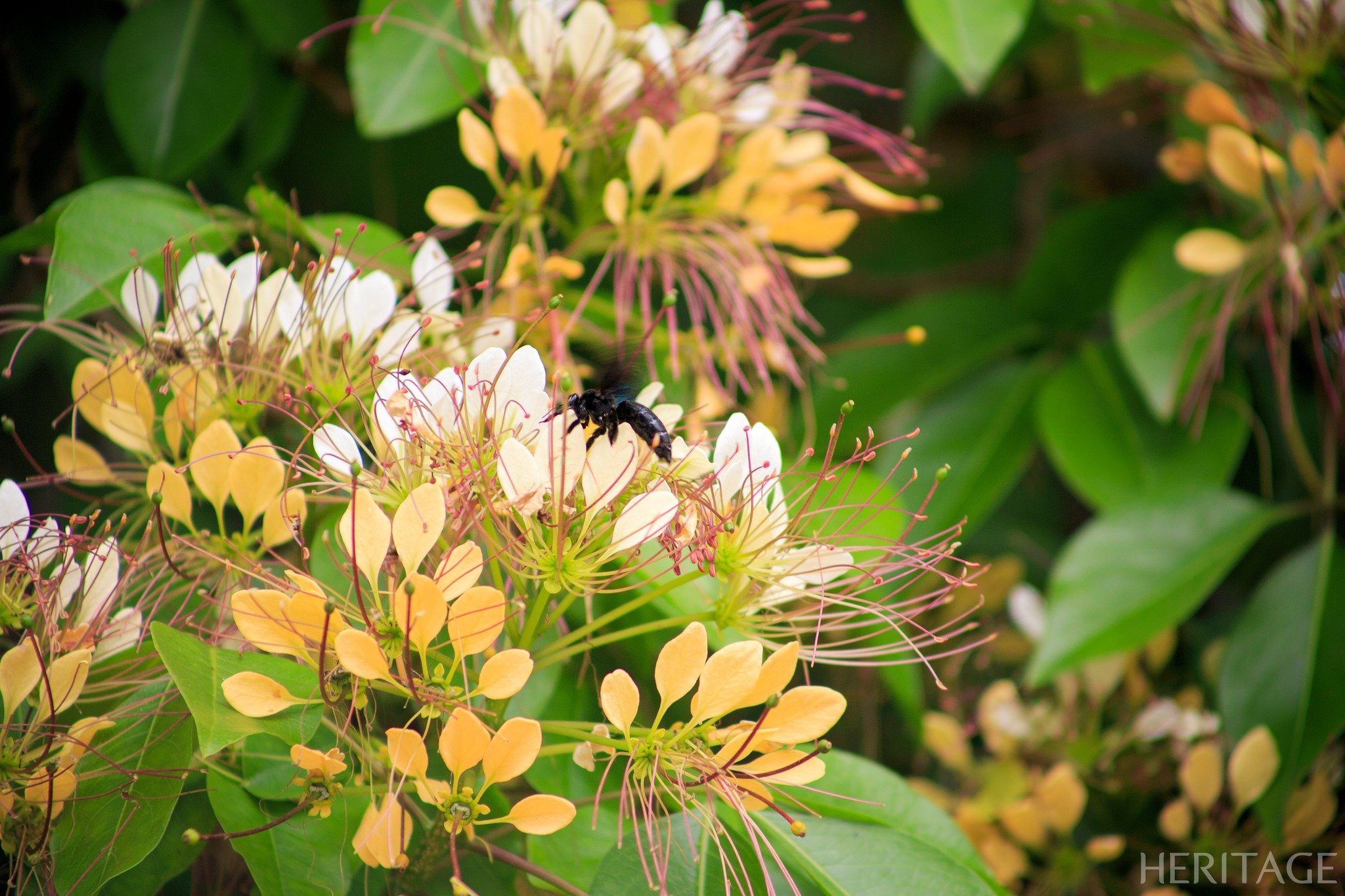


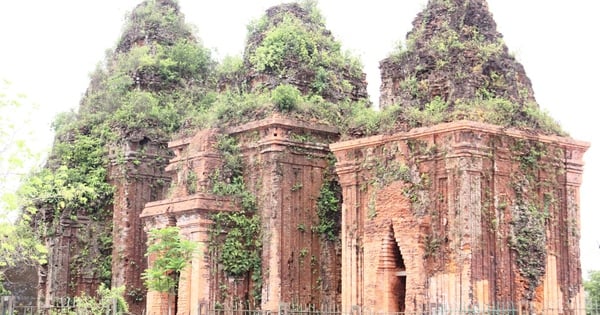

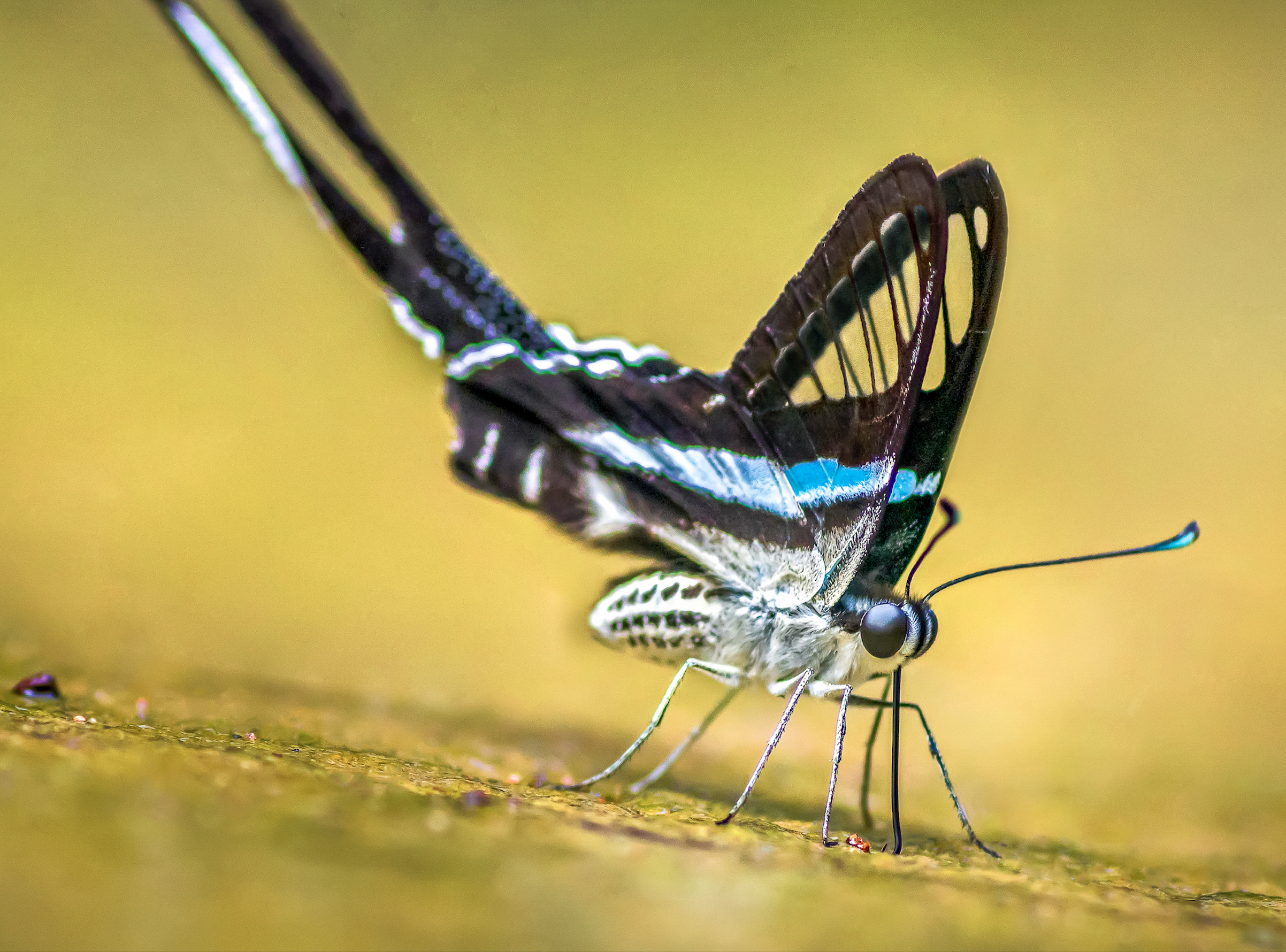
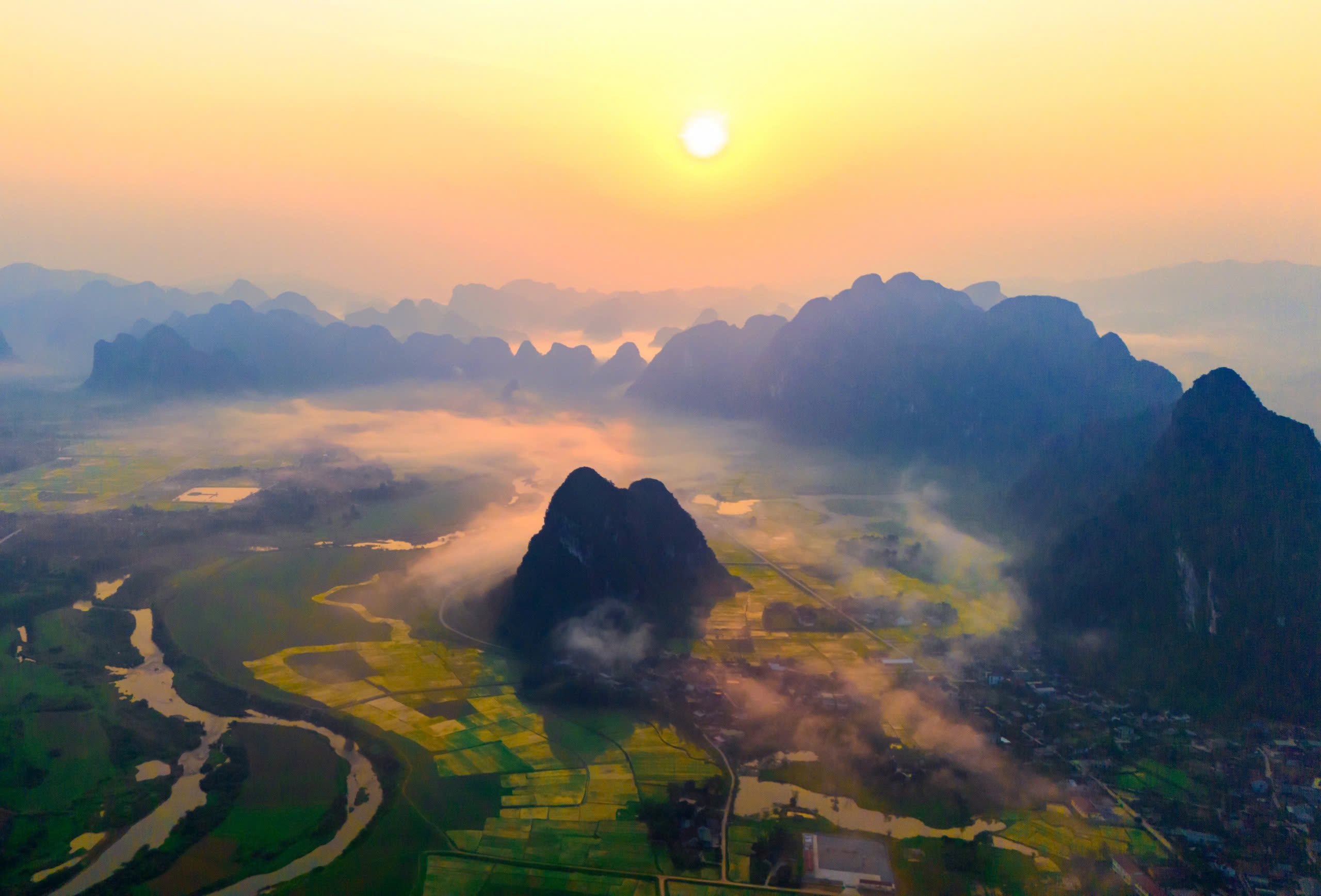
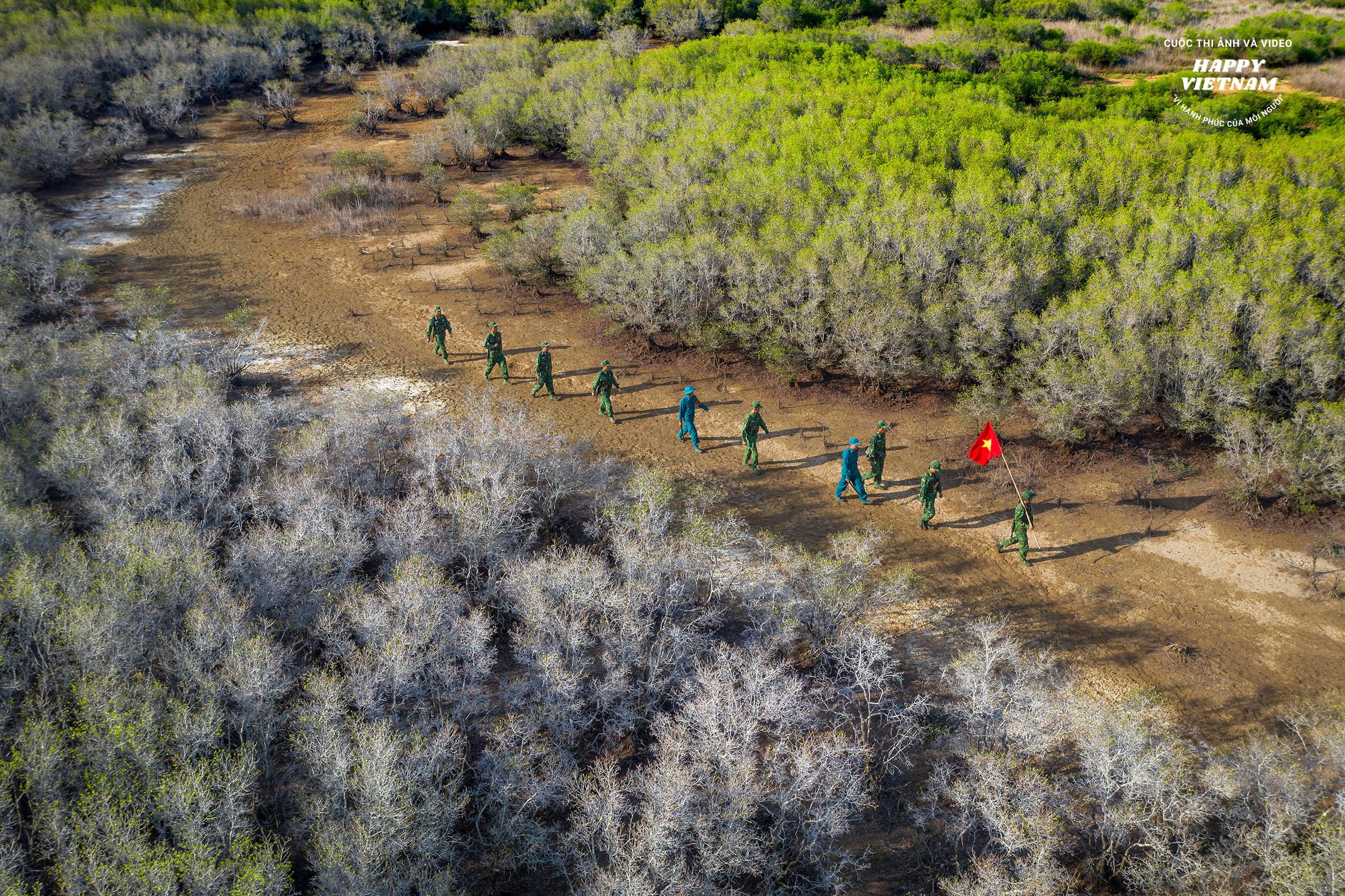
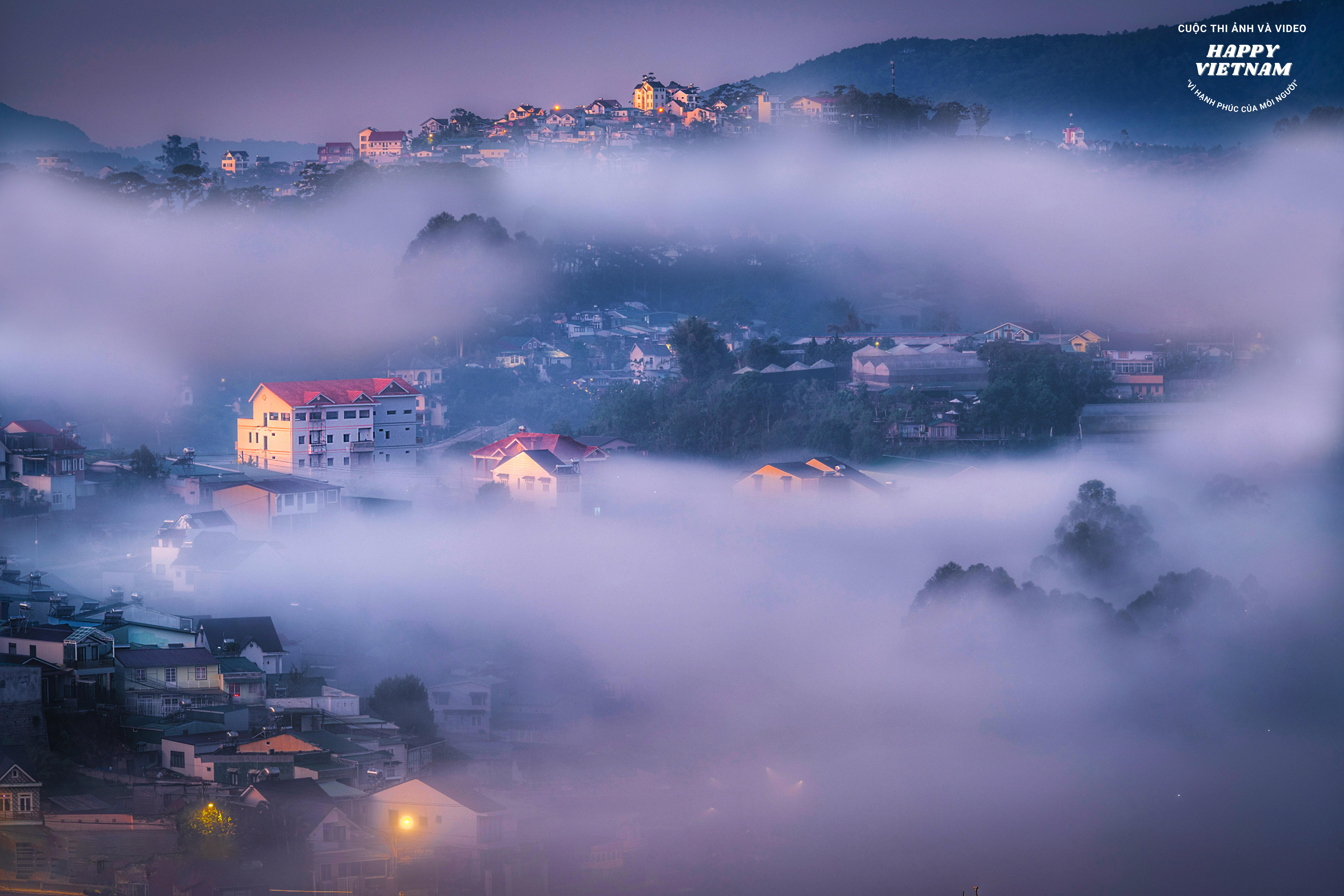




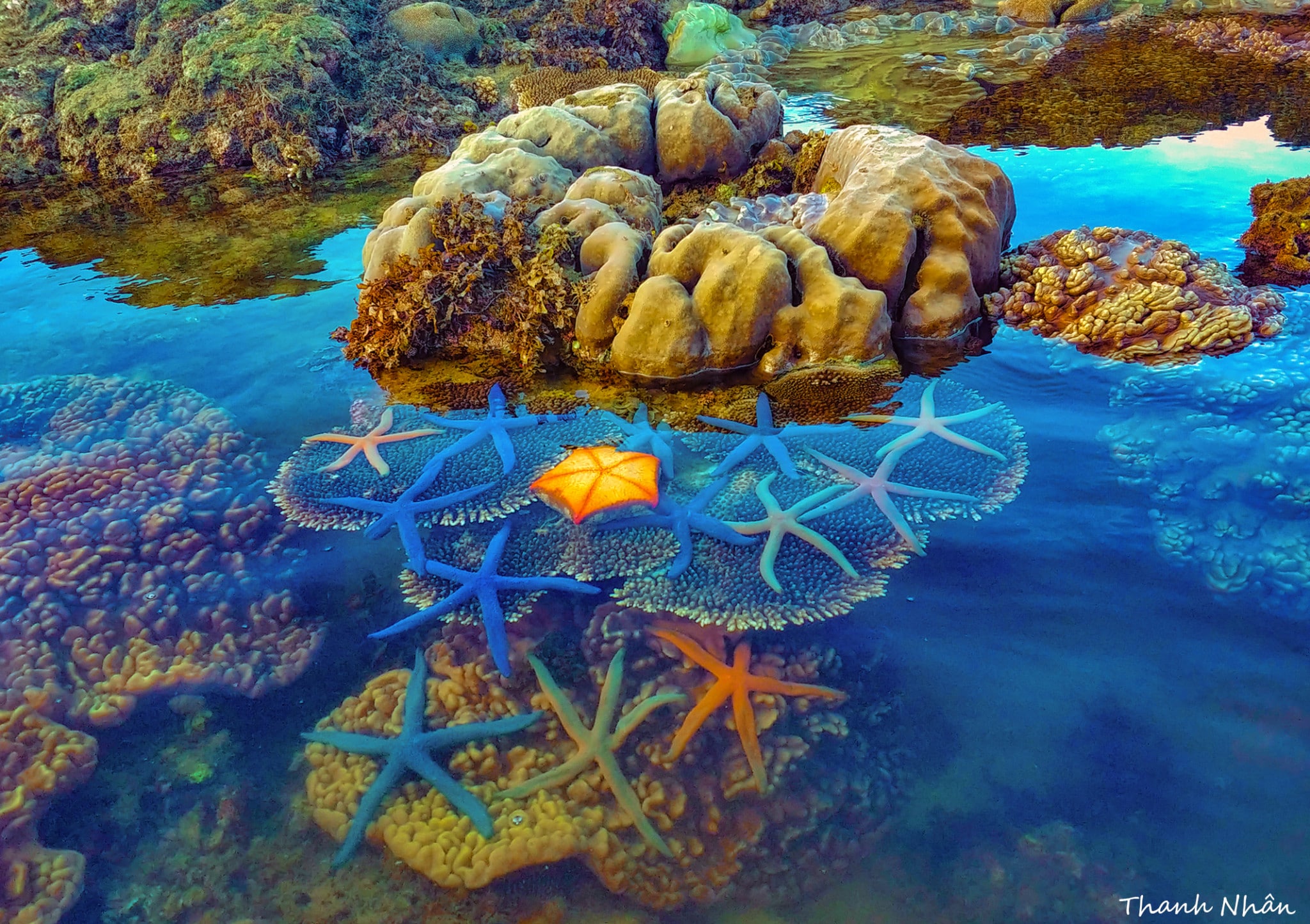



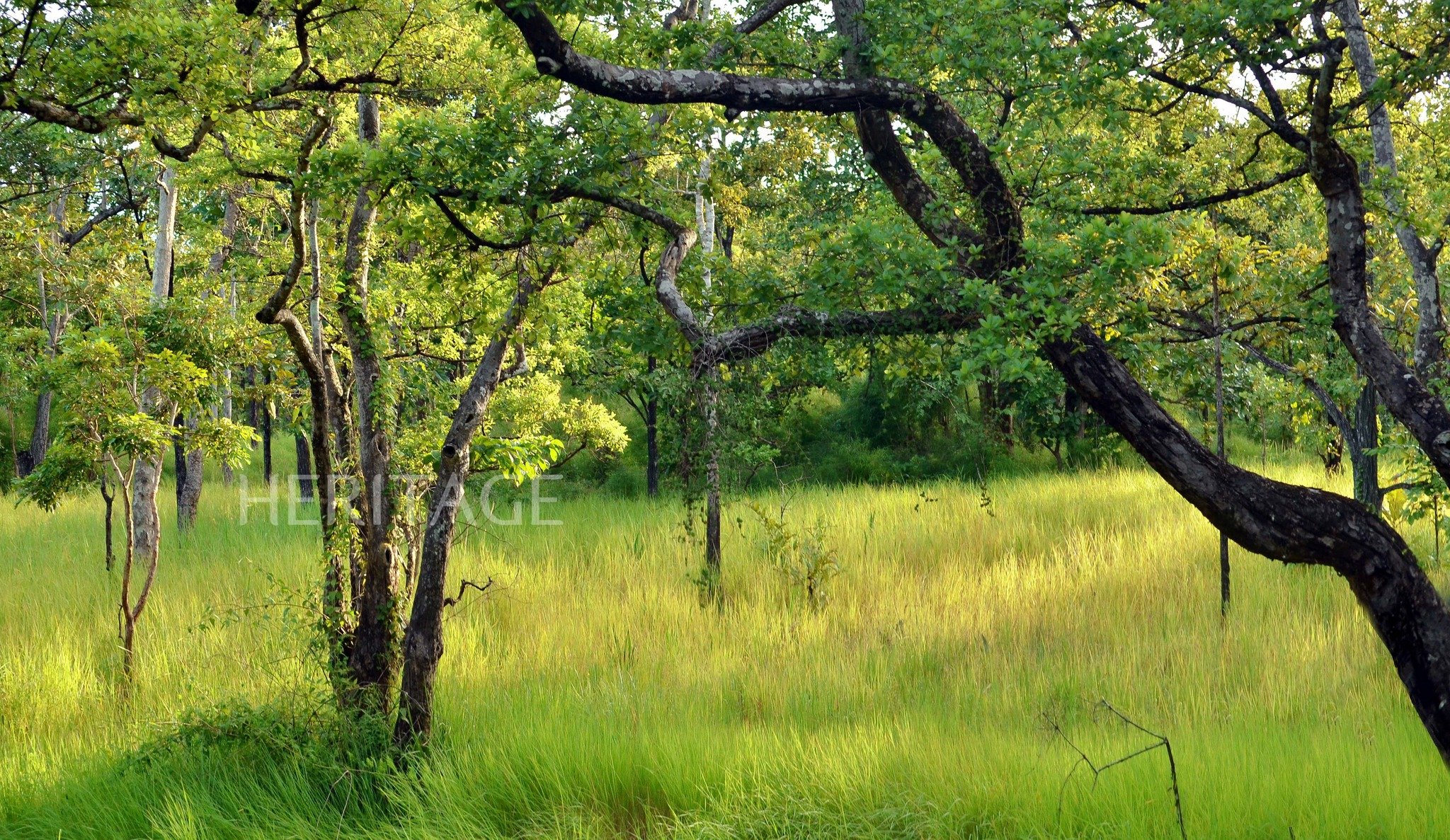
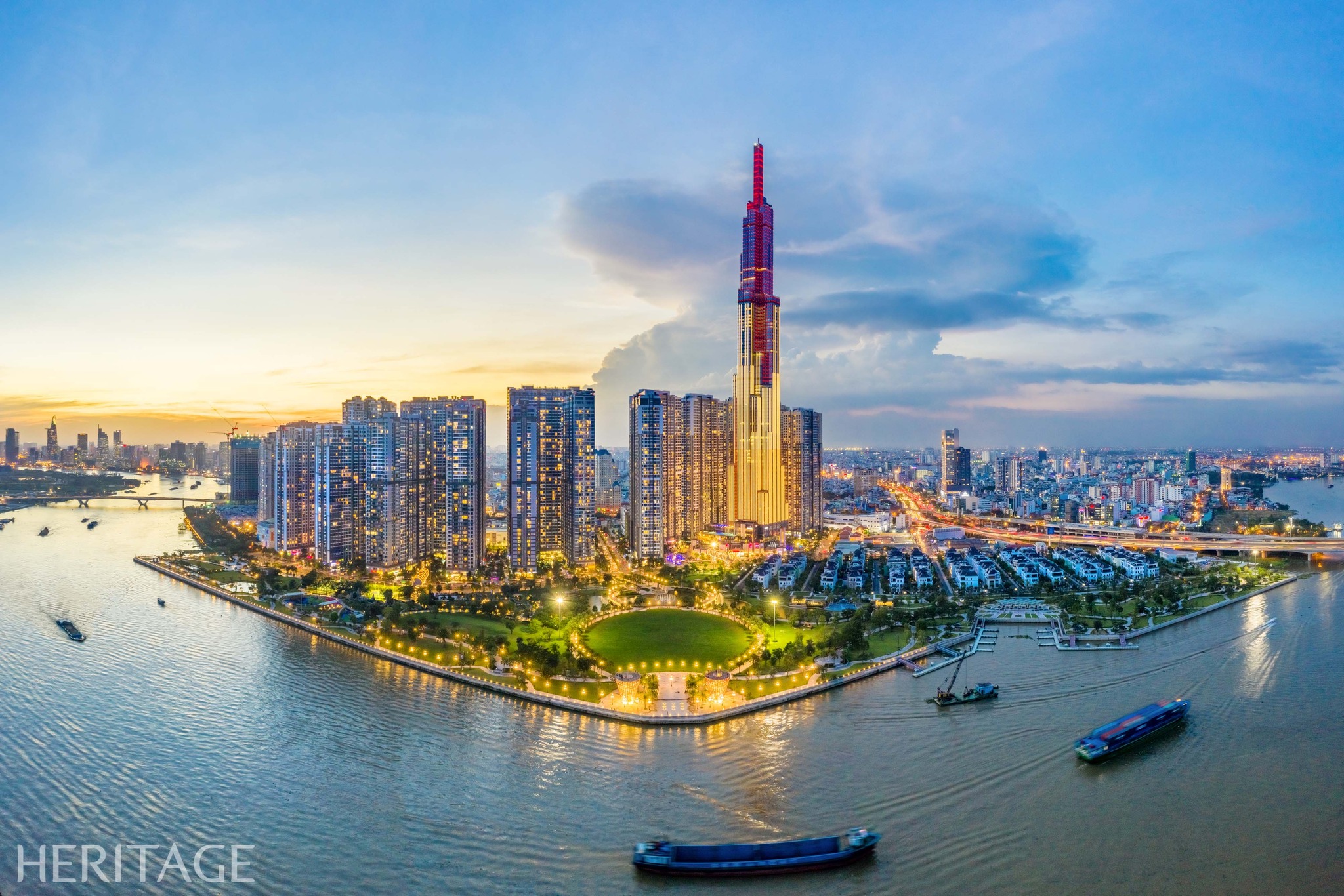





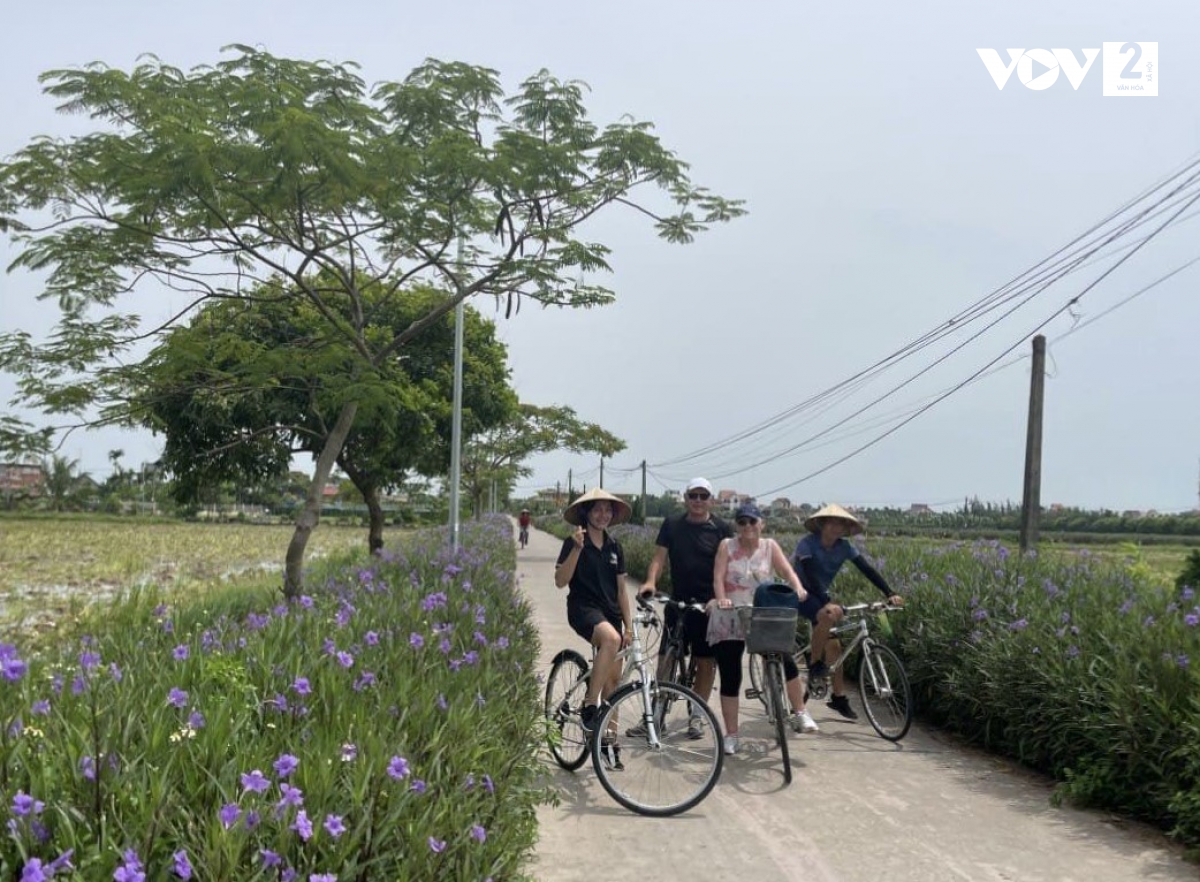

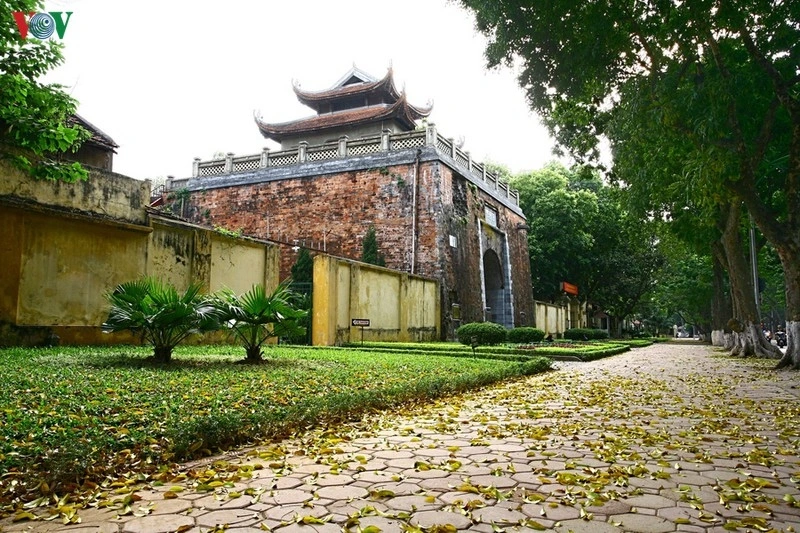
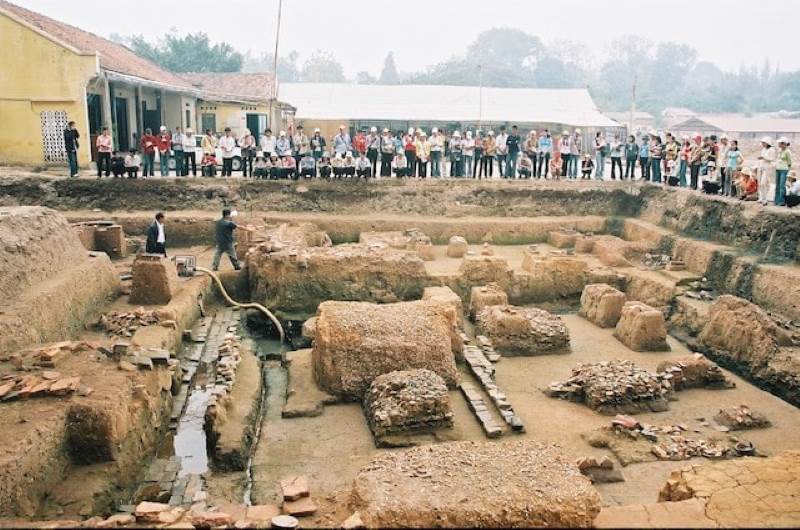











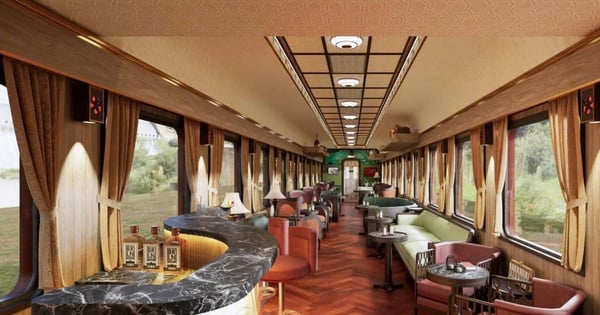






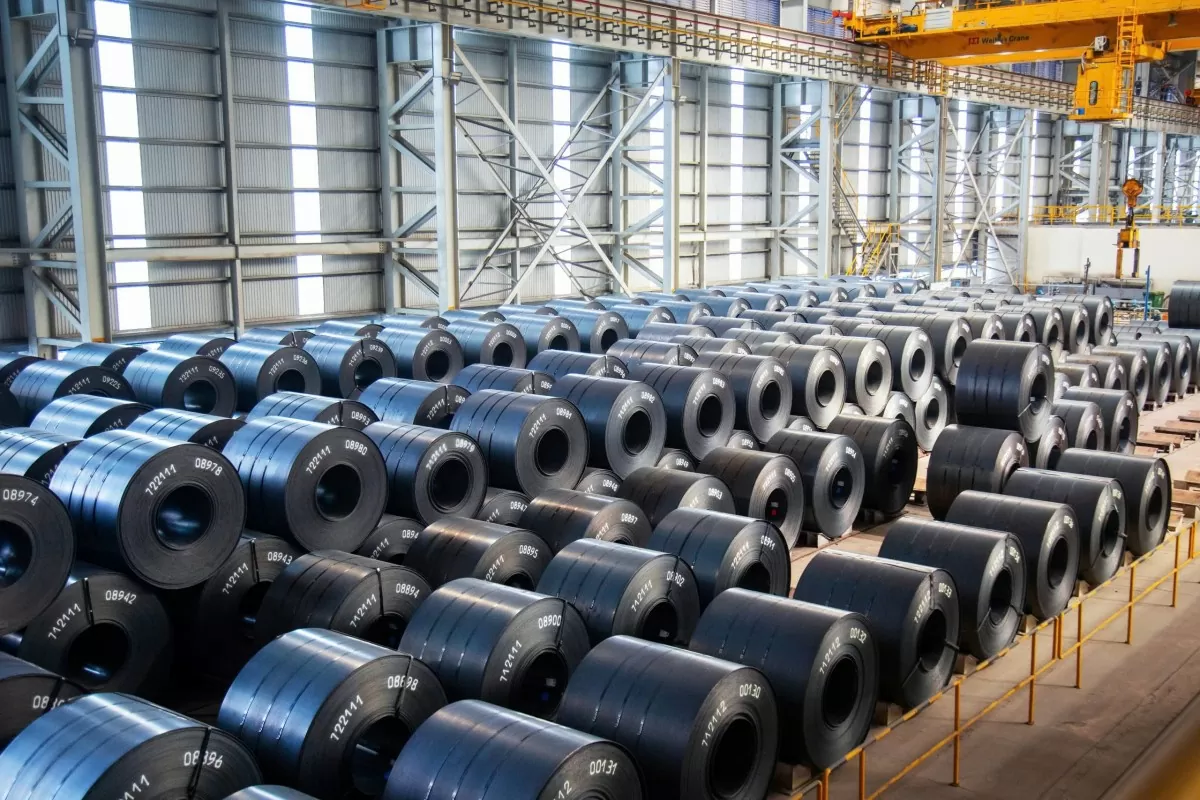

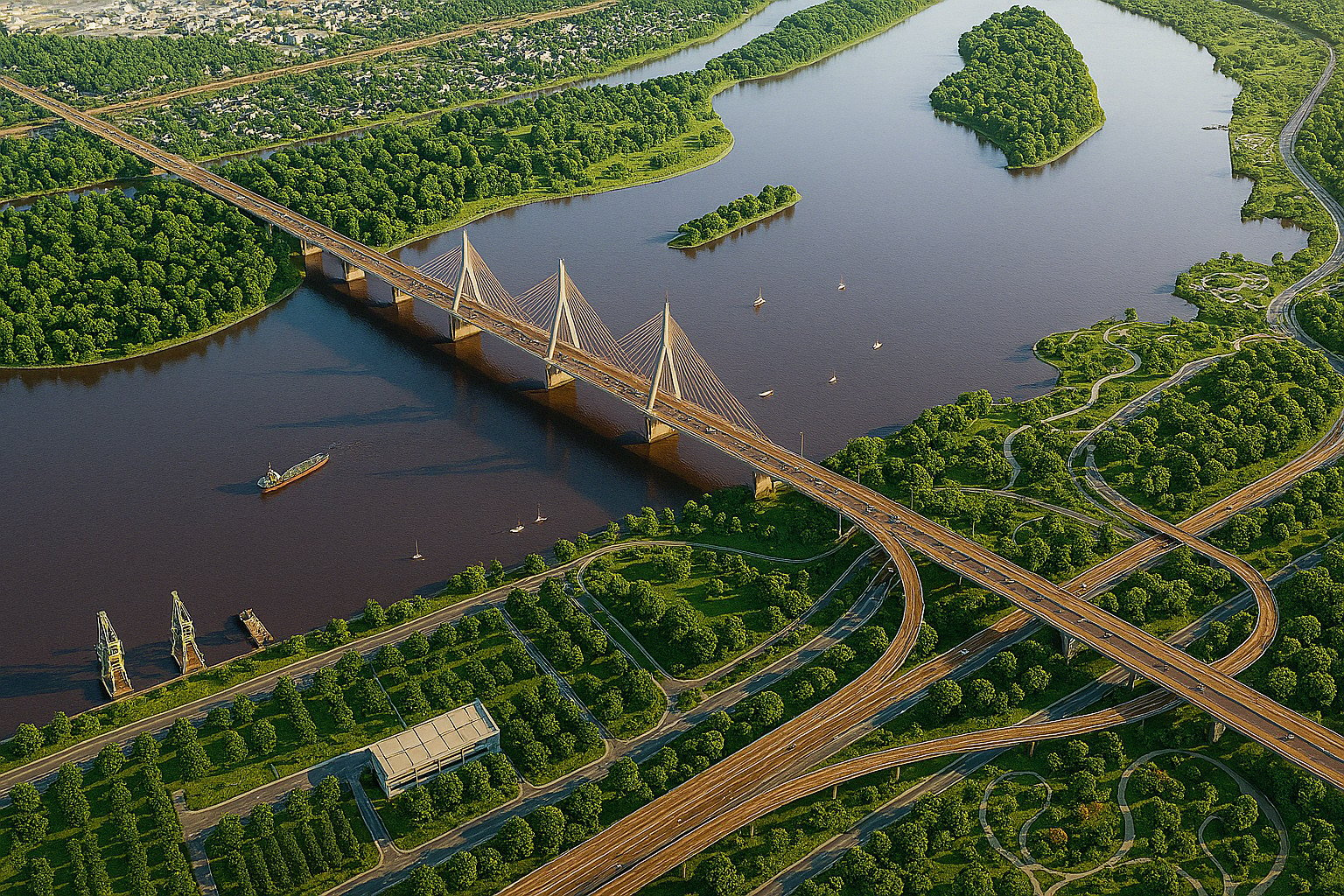

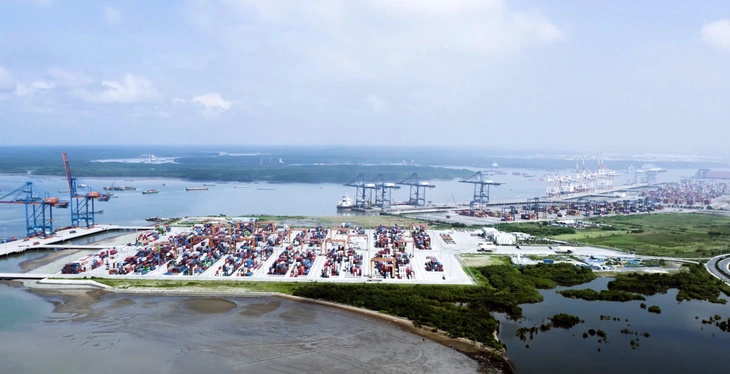





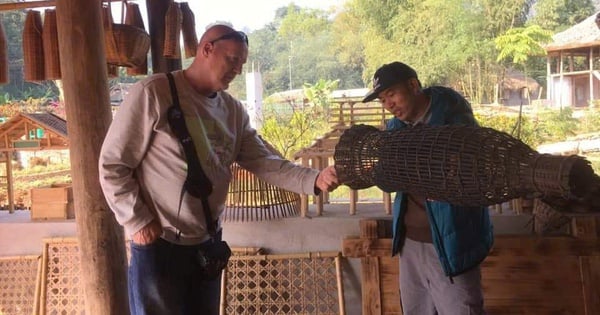





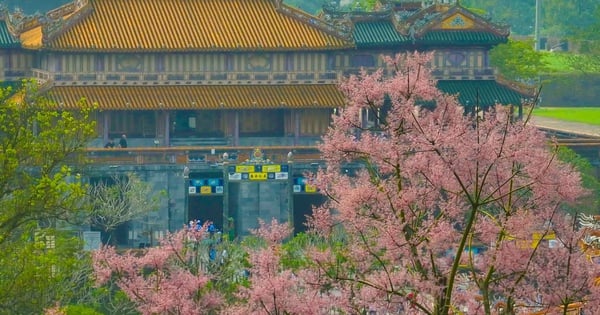













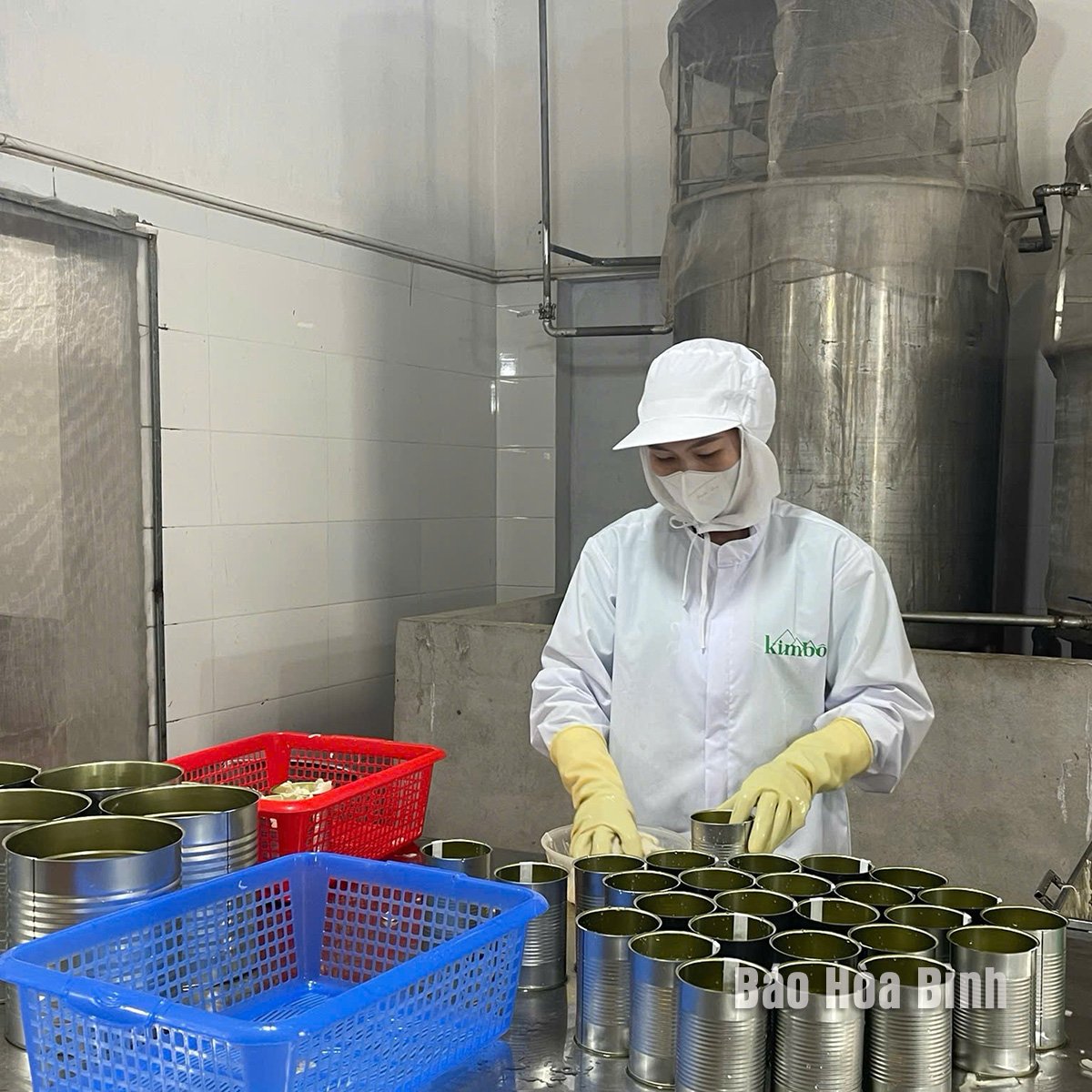

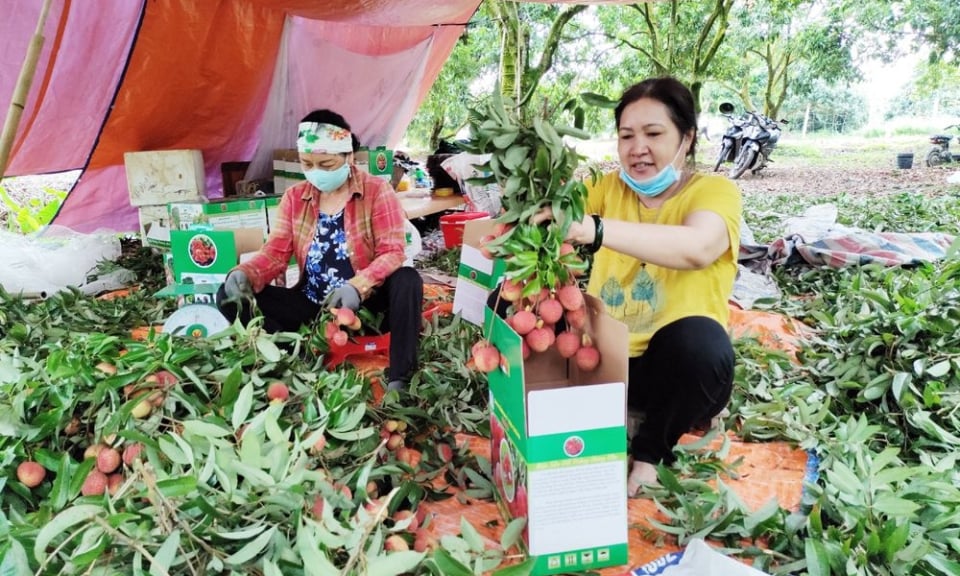

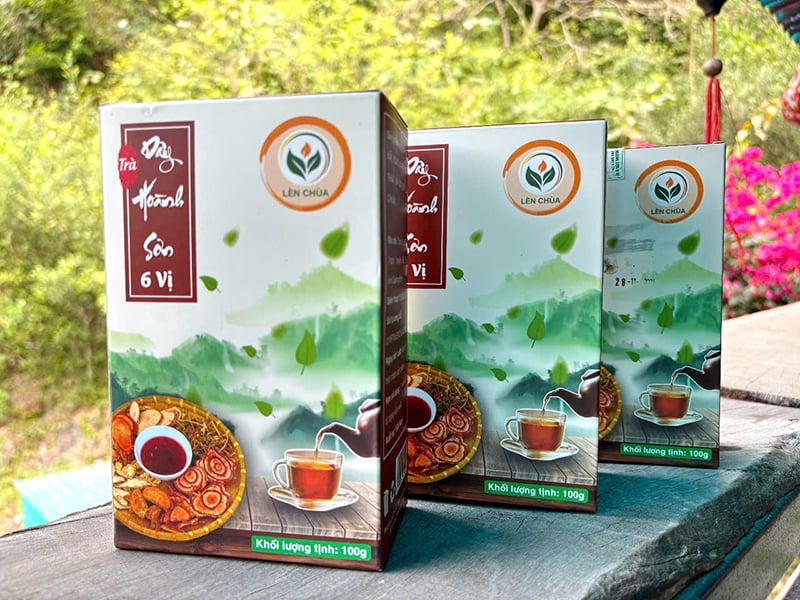
Comment (0)